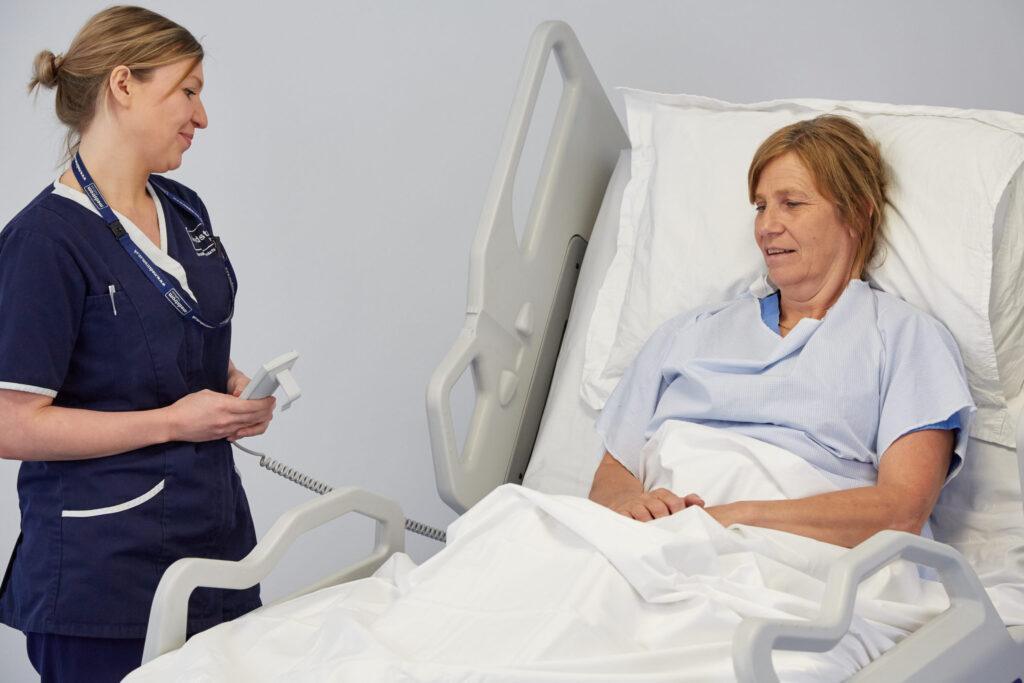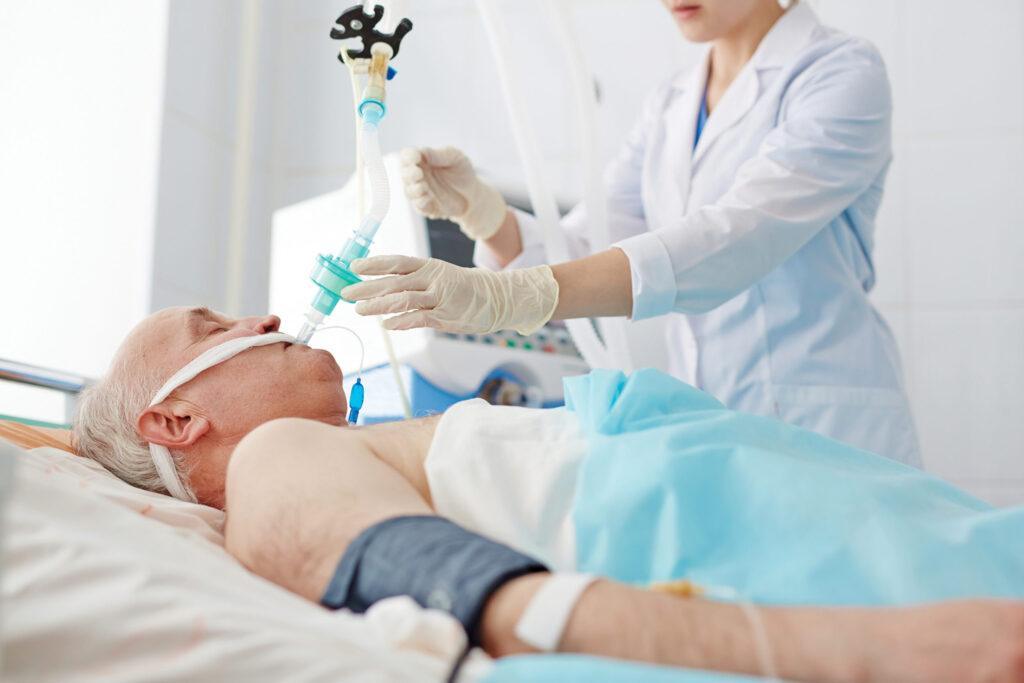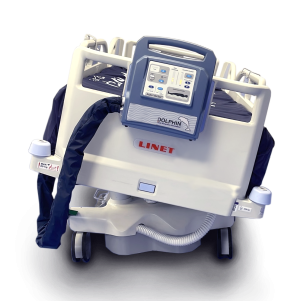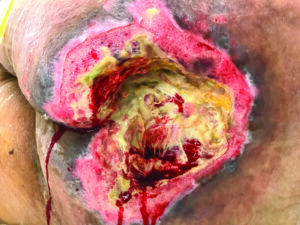
‘Long Lie’ Fall Complications, Causes and Solutions
When a person is unable to get up off the floor for an hour or more after falling, it is termed a ‘long lie’ fall.1
Even if a fall itself doesn’t cause an injury, the consequences of a ‘long lie’ can be devastating. They can include:2
- Pressure ulcers (often made worse by unavoidable incontinence)
- Dehydration
- Carpet burns
- Hypothermia
- Pneumonia
- Acute kidney failure
A ‘long lie’ can also cause serious psychological and emotional distress. This can lead to deep-rooted worries about falling again, injury, and loss of independence.3
‘Long lies’ of more than an hour are strongly linked to major injuries, hospital admissions, and future placement in long-term care.3 As a result, some patients admitted to hospital following a ‘long lie’ have highly complex needs. These may include extensive pressure damage with a very high risk of further skin breakdown. Dolphin Therapy fluid immersion simulation has been used with success to treat existing skin damage and prevent any further breakdown in these patients. For more information about this, case studies can be found here.
Waiting for Help
When a person lives alone with little or no support, they may wait for days before they are discovered after a fall, sometimes with tragic consequences. In addition, the pandemic and its aftermath have placed enormous pressure on the emergency ambulance service. The NHS England average ambulance response time for less urgent 999 calls in March 2023 was 2 hours and 51 minutes.4
Non-injury falls would normally fall into the less urgent category. However, research suggests that pressure ulcers form between the first hour and 4 to 6 hours of sustained loading.5 Therefore the risk of pressure damage occurring while waiting for an ambulance, especially on a hard floor, is high.
New Solutions
Initiatives are now in place to help people more immediately after a fall at home. These include community-based falls response programmes in England.3 Not surprisingly, one of the aims is to reduce the number of ‘long lies’, falls-related 999 calls and hospital admissions. In turn, this will hopefully reduce the number of minor or non-injury falls catastrophically resulting in serious illness, or even death, due to assistance arriving too late.
References
-
Blackburn J et al (2022). Exploring the impact of experiencing a long lie fall on physical and clinical outcomes in older people requiring an ambulance: A systematic review. Int Emerg Nurs. 62:101148.
-
Fleming J & Brayne C (2008). Inability to get up after falling, subsequent time on floor, and summoning help: prospective cohort study in people over 90. BMJ 2008;337:a2227.
-
Going further for winter: Community-based falls response (2022). NHS England. BW2063-falls-response-service-principles-19-october-22.pdf (england.nhs.uk)
-
Ambulance Quality Indicators Data 2022-23 (2023). NHS England. AmbSYS-2023-March.xlsx (live.com)
-
Gefen A (2008) How much time does it take to get a pressure ulcer? Integrated evidence from human, animal, and in vivo studies. Ostomy Wound Manage 54(10): 26–8, 30–5













